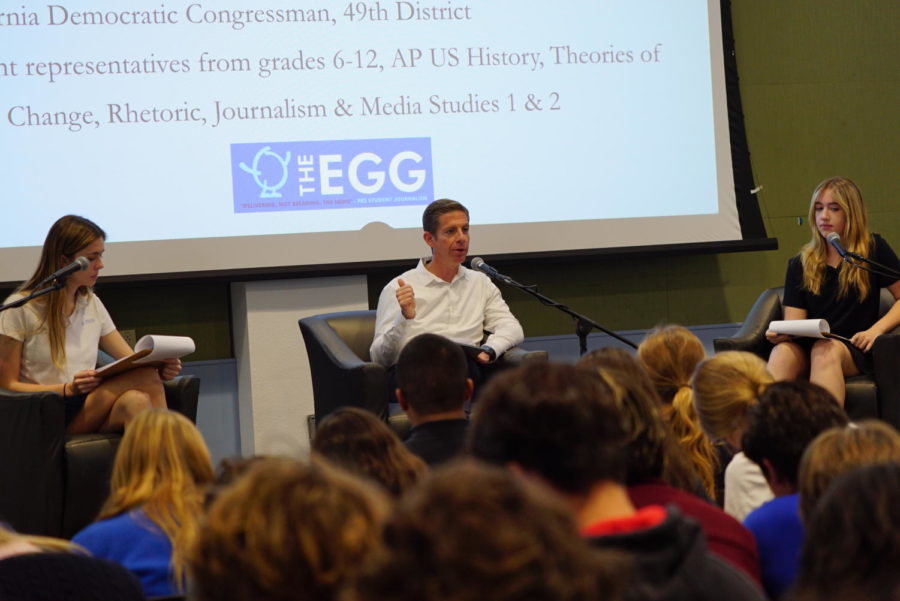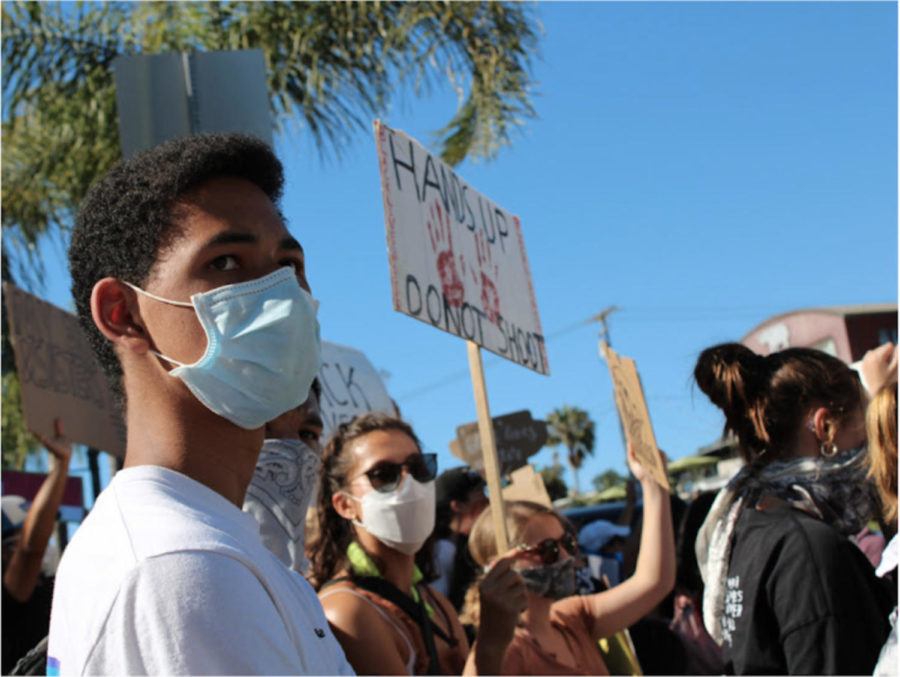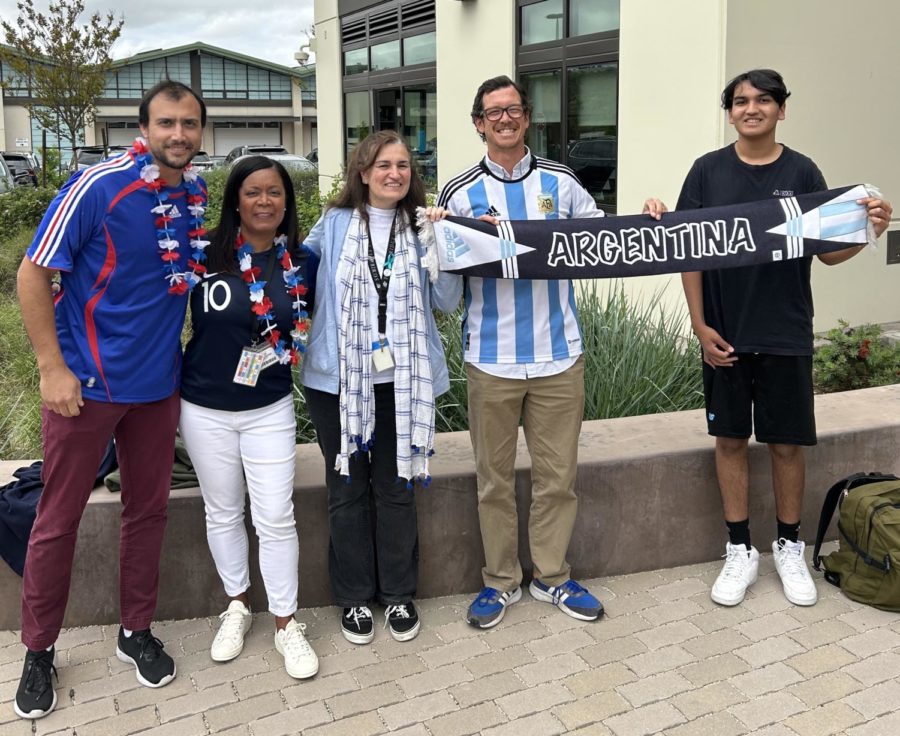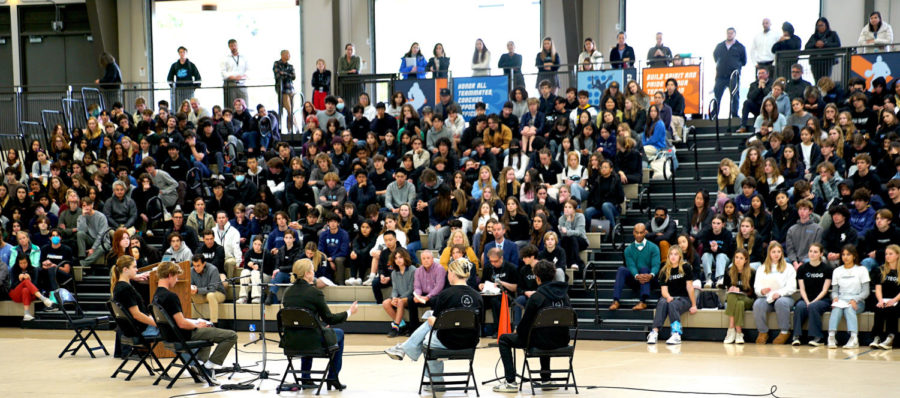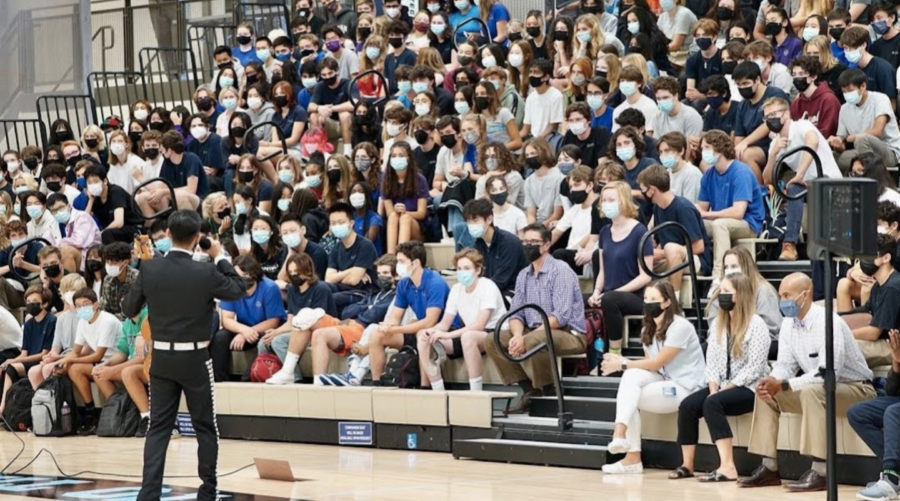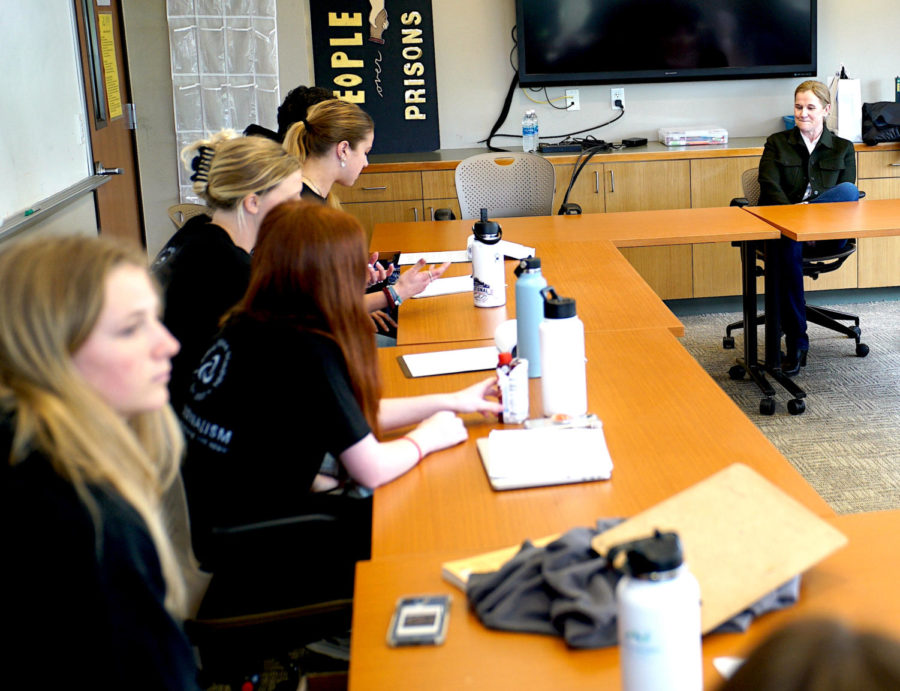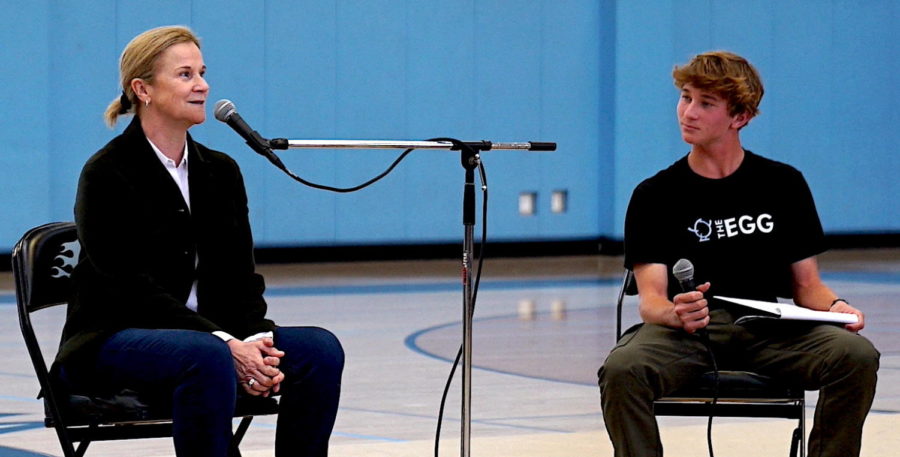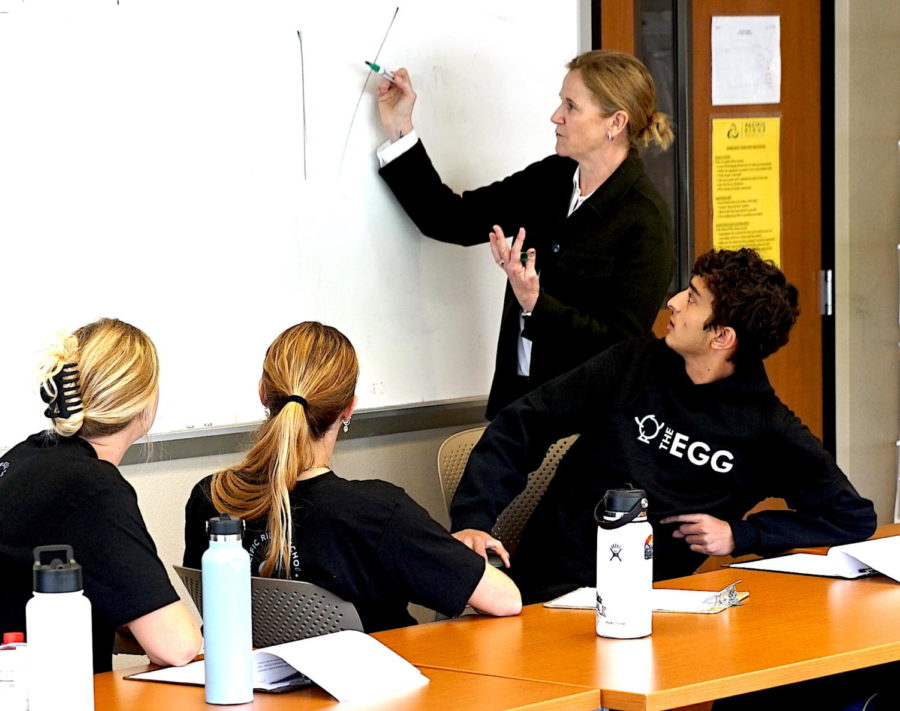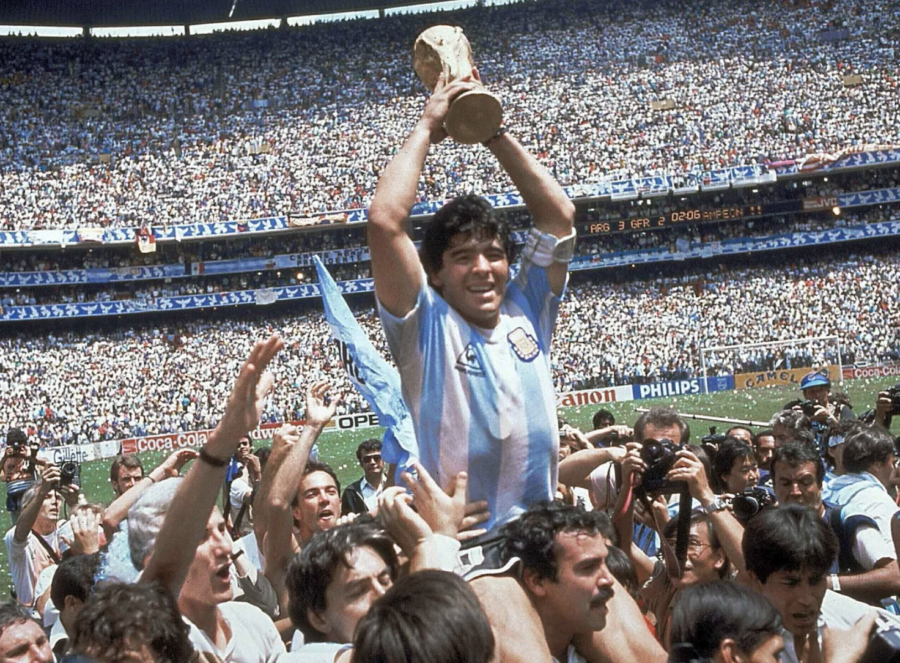Mike Levin on Exorbitant College Fees & Loan Forgiveness
Question #7 to Mike Levin, asked by Ya-Hsin Dittrich-Tilton (’24) on behalf of Theories of Social Change, period 3.
“According to Forbes magazine, the average annual cost of attendance to a four-year college/university has risen from $10,231 in 1980 to $28,775 in 2020, while, at the same time, earnings for workers between the ages of 22 and 27 have increased by only 19%. This sharp rise in costs has created additional barriers to higher education for millions in this country, while also fueling a nearly insurmountable student loan crisis. What do you think should be the role of the federal government in controlling these high costs, and what will you do to help more Americans access higher education?”
So who here wants to go to a four-year university, a four-year college? That’s incredible, teachers good job. Amazing. So, right now I know with two kids that are 10 and 8 years old, you know, I try to save and try to see how much it’s going to cost when they’re ready to go to school. And you know when my son my 10-year-old is ready, if he were to go to a private four-year university it would be 600 grand. And for our daughter, if she were to go two years later, 650. If they were to go to public schools, about half of that for an in-state tuition at a UC. This is outrageous! One of the things we’ve got to do is address the cost of higher education by increasing the Pell Grant and so I’m a co-sponsor and strong supporter of something called the Higher Education Act, which would dramatically increase Pell Grants. The Pell Grant, when it was was originally developed, was designed to actually cover the cost of college tuition. This is back in the 70s, and then in the 80s and the 90s and 2000s that disconnect became wider and wider and wider, to the point now where today it hardly covers the cost of anything. It might cover your books, room and board. And so what we have to do is not just forgive debt, although we can talk about the merit of that. But that’s the symptom, and we have to fix the problem. And the problem is the cost of higher education. So, dramatically increase Pell Grants. I would also have all federal student loan interest set to 0%. The federal government sets the student loan interest rate. We know right now with the student loan crisis that we’ve got that a lot of it is related to interest, not principal. So in other words you might go to a four-year school. Let’s just say round numbers it costs $25,000 a year so you rack up $100,000 of principal. But if you’re paying interest 5, 7, 10% interest, over time that interest on that principal will be more than the principal itself. Make sense? It will when you’re in college, trust me. And so you might wind up in a scenario where you got 200,000 in debt, but only 100,00 of it was principal. If it’s a federally backed student loan, the ones who set that interest rate is the federal government. There’s no reason the federal government should be setting an exorbitantly high interest rate. I would make it nothing, I’d make it zero, and then you’re actually addressing a lot of the cost of college as well. Now what the president decided to do is forgive principal, not just interest, but what I wouldn’t want to do is create a disincentive for people to pay back loans when they knew what they were getting themselves into. But of course 90% of the money that this loan forgiveness is set to go to are people who are making less than $75,000 a year. And if you were on a Pell Grant, then the amount of student loan forgiveness goes to $20,000 instead of $10,000. I think all those are good. So, cost of college, out of control. Increase Pell Grants, set the interest rate to zero, that would be a good start. And by the way, one other thing, free community college. Because, a four-year college, you’re extremely fortunate here at Pacific Ridge that all those hands went up, but that’s not for everybody. So community college should be free of charge.







